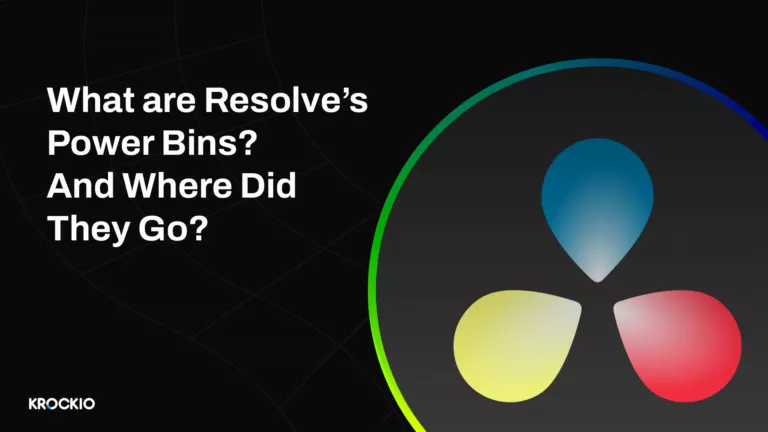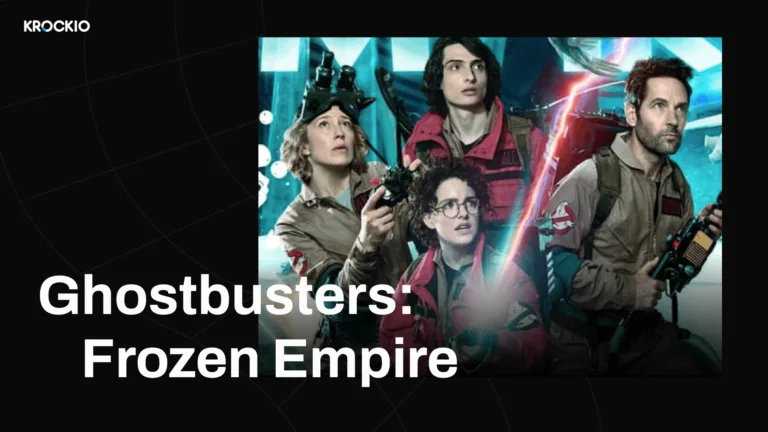In the previous year, almost every company or agency has worked remotely occasionally. As the pandemic draws to a close, many people have noticed how much money they may save by not having to commute or buy paper and ink.
As a result, stakeholders collaborating to advance projects face new difficulties. This indicates that remote work is here to stay. When working remotely, it is impossible to walk over to a coworker’s workstation and assist them in troubleshooting a problem with a design they are developing. Important procedures, including customer communication, internal edit management, the review process, and internal communication, need to be reevaluated.
Team members from several departments can work together to reach the end objective of satisfied customers by developing mechanisms for cross-functional collaboration. We’ll discuss the obstacles to cross-functional collaboration in this piece and outline the best techniques for doing so.
What is Cross-Functional Collaboration?
When teams from many departments work together to achieve a certain objective, cross-functional collaboration takes place. The development of creative ideas, effective problem-solving, and conflict resolution are all outcomes of effective collaboration.
- Tagging, which permits conversation to remain within the platform.
- Including Adobe and other creative software programs in the integration.
- A straightforward design that makes onboarding simple.
- Built-in review workflows that keep you organized at every stage of the process.
- Notifications in real-time when team members comment on files.
What Are the Barriers to cross-functional collaboration?
Although the idea of cross-functional collaboration is simple, putting it into practice can take time and effort. When trying to complete initiatives requiring input from several departments, brands and agencies face multiple challenges. It takes a well-thought-out strategy to get beyond these obstacles and create an organization whose members collaborate well across departments.
These barriers include:
- Remote working
- Poorly defined processes
- Scattered communication
- Poor project visibility
- Duplicate efforts
- Workflow bottlenecks
- No centralized platform
- Lack of platform integration
- Reluctance to adopt new methods or technology
Best practices for effective Cross-Functional Collaboration:
1. Identify and reaffirm your primary objectives.
Any team’s primary objectives should always come first. Everyone should be aware that they are constantly striving to achieve this aim. Teams naturally lose their hierarchical attitude when they concentrate on higher-order objectives. They disregard organizational silos and see each team working together as a single team.
Each team is allowed to have a secondary aim that demonstrates how it benefits the entire business, but it must always be seen in the context of the primary goal. Better yet, let each team consider and determine its own metrics for how it will contribute to achieving the main objective.
2. Encourage channel transparency.
Limiting chat tool usage is an excellent method to encourage transparency. Chat tools are helpful for brief conversations that require everyone’s immediate attention. However, it’s preferable to communicate through open channels that the entire business may use in order to keep everyone informed.
Sharing project updates, announcements, and meeting minutes are easy with channels. Keep teams updated at all times with brief, well-organized chats. A good technique to tackle problems that are not urgent or require input from many people in several teams is channeling. For delicate conversations, you can also use private channels for delicate conversations, although this shouldn’t be the norm.
3. Plan quick meetings that are data-driven.
Try to make your meetings brief and informative if you actually want to accomplish something. Beforehand, establish the context and distribute the detailed agenda through your channels. Start the momentum by distributing any pertinent information.
Avoid talking about topics not on the agenda during the meeting. Make sure you fulfill the meeting’s objectives. Ensure that you take notes and record the entire discussion so that nothing that was agreed upon is forgotten. Additionally, it provides guidance for upcoming meetings.
4. Establish ground rules for cooperation.
Although everyone believes they can work together, it’s not as simple as getting everyone in the same place or on the same channel. Who is the conversation’s leader? What should you do if someone is babbling excessively? How do you get everyone’s knowledge to come out? What takes place if there are no comments on a thread? What transpires when emotions are high?
When various teams get together, teamwork is made simple by establishing similar house rules.
5. Create diverse teams to include various viewpoints.
By enlisting individuals from varying backgrounds, such as skills, educational attainment, age, gender, and color, one might provide different viewpoints on a problem.
Cross-functional teamwork may be considerably more challenging if each team is quite similar to one another. Groups will become accustomed to hearing different viewpoints if each of your teams has its own unique diversity.
6. Create a standard framework for cross-functional collaboration.
Having separate apps for each department to manage their own work is a double-edged sword. Tracking specialized metrics with specialized software solutions could have some advantages, but how will your teams get along any better if your apps don’t get along?
Discover a shared digital workspace that combines several forms of work into a single platform, even though there are some special tools you should be using. Imagine being able to manage projects and automate workflows in addition to being able to hold chats in the same location.
Conclusion
Effective collaboration enables you to access some of your team’s best work, unearth insights you didn’t know you needed, and elevate average project results to exceptional ones. But encouraging teamwork is not without its difficulties. It needs effort. You must choose whether to overcome hurdles or allow them to keep you in a silo.
Krock’s rich features, options, controls, and views make it simple to switch to a better working style. Test out the platform designed for cross-functional teams and enjoy smooth collaboration!
Check out more articles on getting started with Krock.io:
- Best Practices for Reviewing Marketing Content Internally and Externally
- Project Management Software for Video Editors
- How to start an explainer production company
If you have any questions or need help, just let us know.









